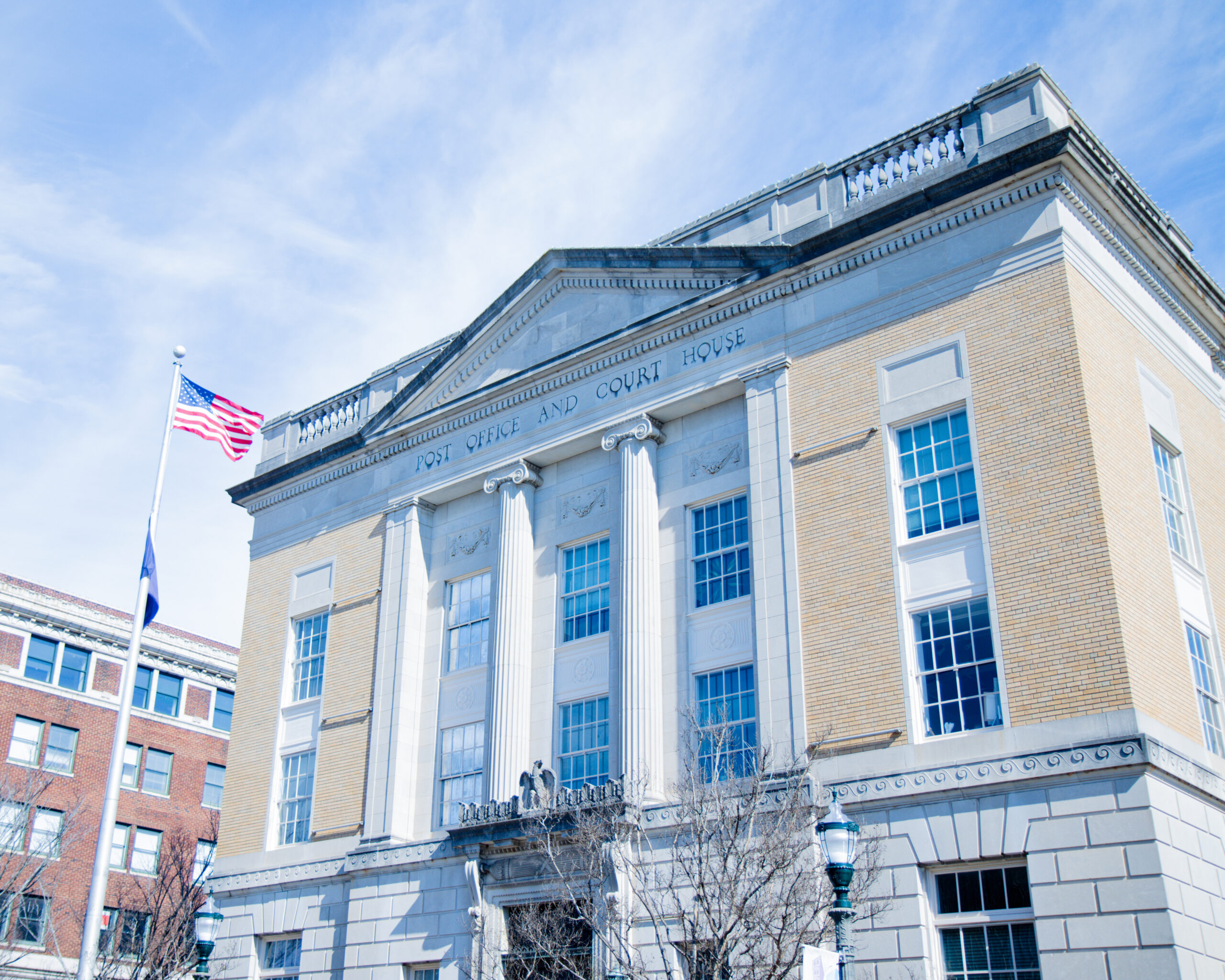The future of Winthrop University is looking bright as The Winthrop Plan returns in full swing, promising to promote diversity, competitive programs, campus beautification and financial stability.
The Winthrop Plan began under President Daniel Mahony and was hindered by the COVID-19 pandemic, but current Interim President George Hynd looks forward to reinstating the plan in the upcoming semesters.
The Winthrop Plan is defined as “a strategy to become a national model for a student-centered university experience,” according to Winthrop.edu.
“When I arrived, actually, I thought of all the institutions that I have worked at and Winthrop is probably one of the most student-focused places; I found the faculty and staff were incredibly committed to the students. I was just always impressed
with that the time I arrived,” Mahony said.
“We were trying to build on things that, I think, were already a strength long before I arrived.”
In an effort to become more student-centered, Hynd has picked up where Mahony left off and is making plans to follow through on all five components of The Winthrop Plan: enrollment, community, diversity, facilities and financial stability.
“This whole notion of becoming a nationally recognized and certainly regionally recognized within the state, is that we are offering the right academic programs for our students in a changing economy and that our facilities are oriented toward the
changing landscape in academia and I think one of the things that you will find is that once we get past COVID, and I’m being very optimistic here, that universities will have had to change for the times,” Hynd said.
Like many areas of the university, The Winthrop Plan experienced hiccups as a result of the COVID-19 pandemic, financial hiccups in particular.
“The salaries that people lost will come back because we’re only doing this furlough for this fiscal year, so once we get past the fiscal year, salaries go right back up to where they were… it really bears no relationship to The Winthrop Plan itself,” Hynd said.
“It’s really an outcome of us trying to manage our budget … our budget requires us to make difficult decisions. We’ve had a 10% budget cut. We froze most positions when they’re vacated, so when a faculty member or a staff member leaves, we’re not immediately filling those positions. We’re trying to save money and the furloughs are kind of another lever we could pull to try and save money and we are doing everything we can to balance our budget so furloughs are a one-
time event and there’s been no inclination that we would even think about furloughs for next year so they’re pretty much off the table.”
In upcoming years, because of The Winthrop Plan, Hynd hopes to find the university in a sustainable financial state that provides students with a positive on-campus experience.
“It’s all part of my aspiration, to take a look at our academic programs, academic master plan, working with the provost, take a look at our facilities, how we are managing our facilities and how should we be thinking about our facilities in
different ways as our student population and their needs continue to evolve … and then how we take care of our beautiful campus which is one of our best recruiting tools,” Hynd said.
“There are programs that we should be thinking about eliminating and refocusing those resources into new programs that meet the needs of our students as they move into an ever-changing economy.”
Photo by Jamia Johnson




